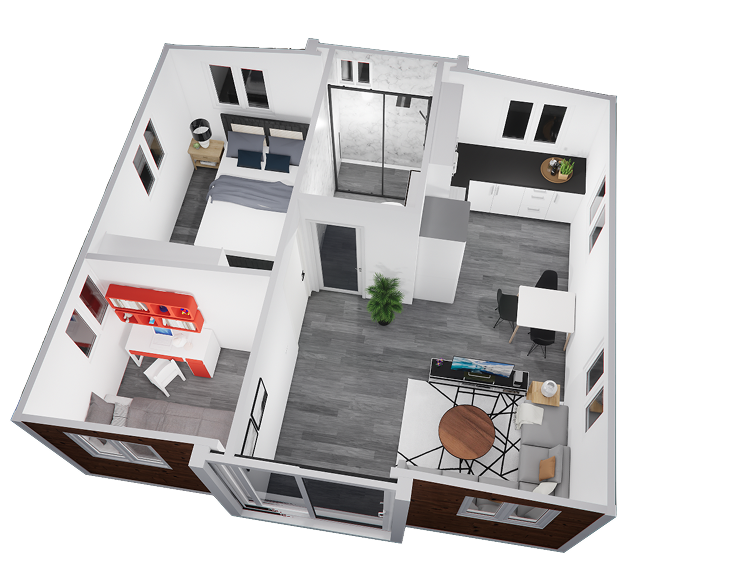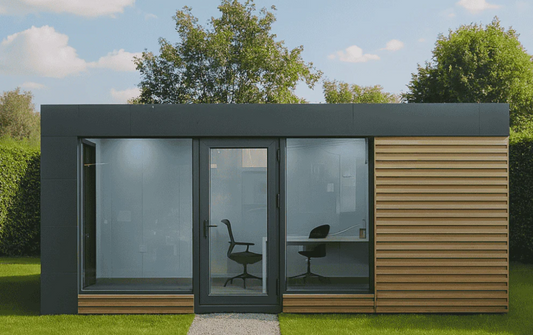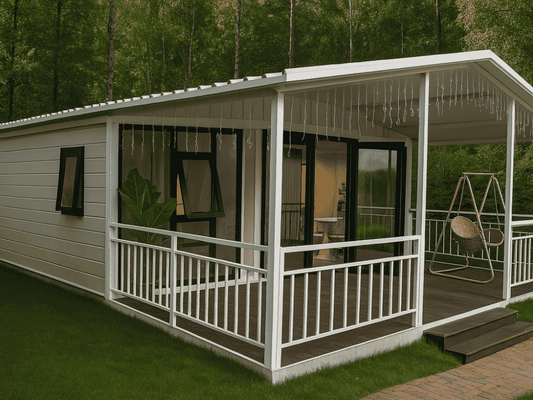How Prefab ADU San Jose Homes Are Solving the Housing Crunch
Housing in San Jose is broken.
Prices are through the roof. The cost of a starter home? $1.3 million. Rent? A one-bedroom averages $2,700 per month. Even high earners struggle to keep up.
If you're a young adult trying to own a home, good luck. Wages haven’t kept pace, and saving for a down payment feels impossible. The result is first-time home buyers are stuck in endless rental cycles, paying off someone else’s mortgage.
This isn’t just frustrating—it’s financially crippling.
But there’s a better way to live in Silicon Valley without drowning in debt: Prefab ADUs in San Jose, CA.
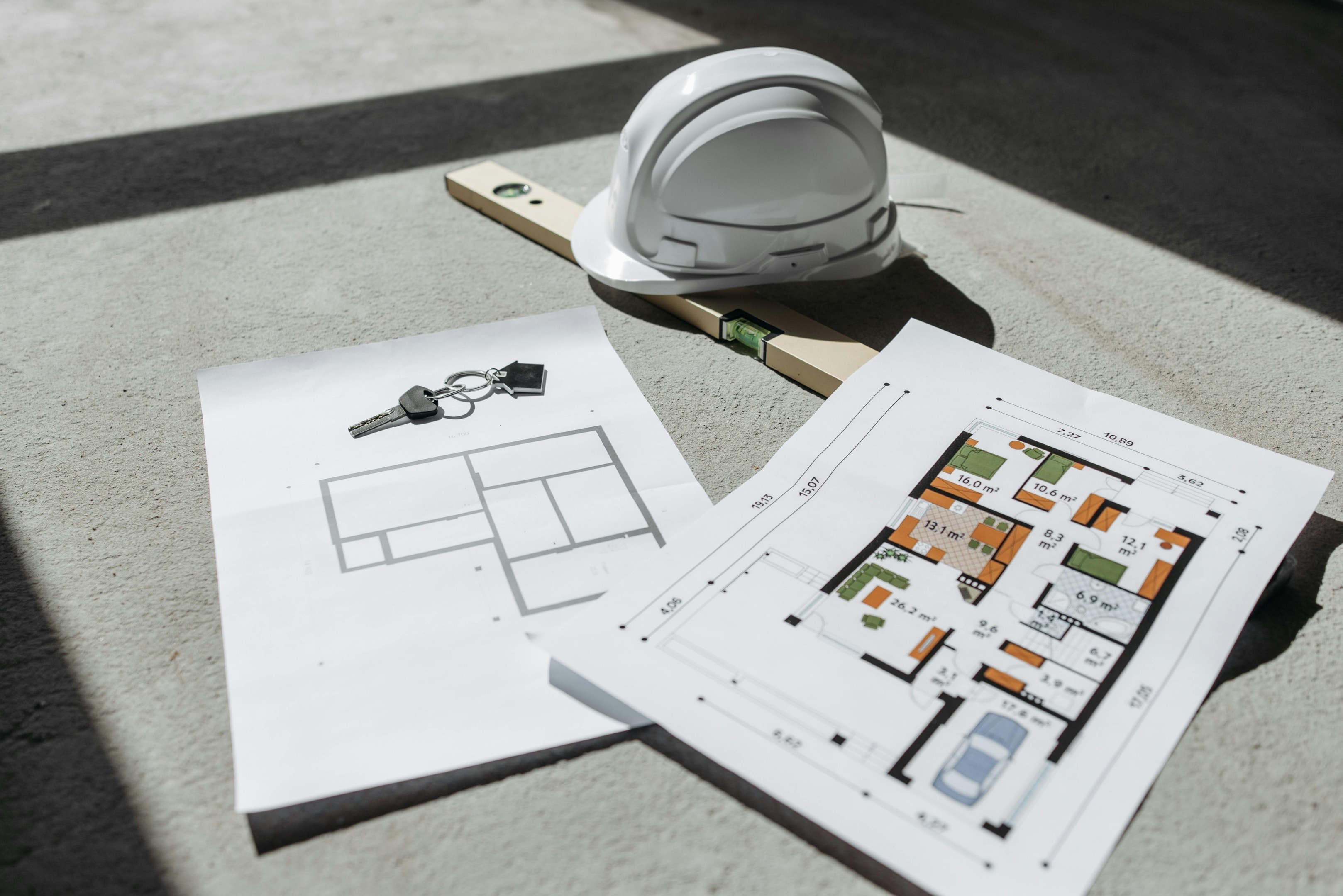
Where First-Time Home Buyers Are Headed
Accessory dwelling units (ADUs)—also called backyard cottages, granny flats, or in-law units—are changing the housing game. Instead of spending years saving for a home, you can own a stylish, fully functional space for a fraction of the cost.
And with prefab ADUs in San Jose, you’re not dealing with endless delays, sky-high construction fees, or months of waiting. These homes are factory-built, delivered to your property, and move-in ready faster than traditional builds.
For Millennials and Gen Z looking for a cost-effective way to break into the housing market, this is it.
San Jose is finally catching on. The city has passed progressive ADU laws, making it easier than ever to build. Fees are lower, permits are faster, and financing options are growing.
Types Of Prefab Accessory Dwelling Units
Not all ADUs are the same. There are a few types, and knowing the difference helps you pick the right one.
1. Detached ADU – Your Own Private Space
A detached ADU is a standalone unit, separate from the main house. Think of it as a mini home in your backyard. You get total privacy, your own entrance, and full control over the design.
The best part? No shared walls. It’s perfect if you want your own place without feeling cramped.
2. Attached ADU – An Extension To The House
An attached ADU is exactly what it sounds like—an addition to an existing home. It shares at least one wall with the main house but has its own entrance.
This works well if you don’t have a huge backyard but still want extra living space. It’s a popular choice for families looking to house relatives while keeping some independence.
3. Conversion ADUs – Turn What You Have into Something Better
Have an old garage, basement, or unused space? Turn it into an ADU.
A conversion ADU transforms an existing structure into a fully functional home. This is a cost-effective way to add living space without building from scratch.
It’s also a smart investment. Why let space sit empty when it could bring in rental income?
There are also two other ways you can look at this:
-
Junior ADUs, which are the smallest kind. They are usually under 500 square feet and must be part of the existing home. Unlike other ADUs, it might share a bathroom with the main house.
Think of it as a micro-apartment—ideal for guests, home offices, or even rental space.
-
A new ADU, ground-up build. You pick the floor plan, materials, and design. It’s the most flexible option and gives you full control over the final result.
If you have the space and want something custom, this is the way to go.
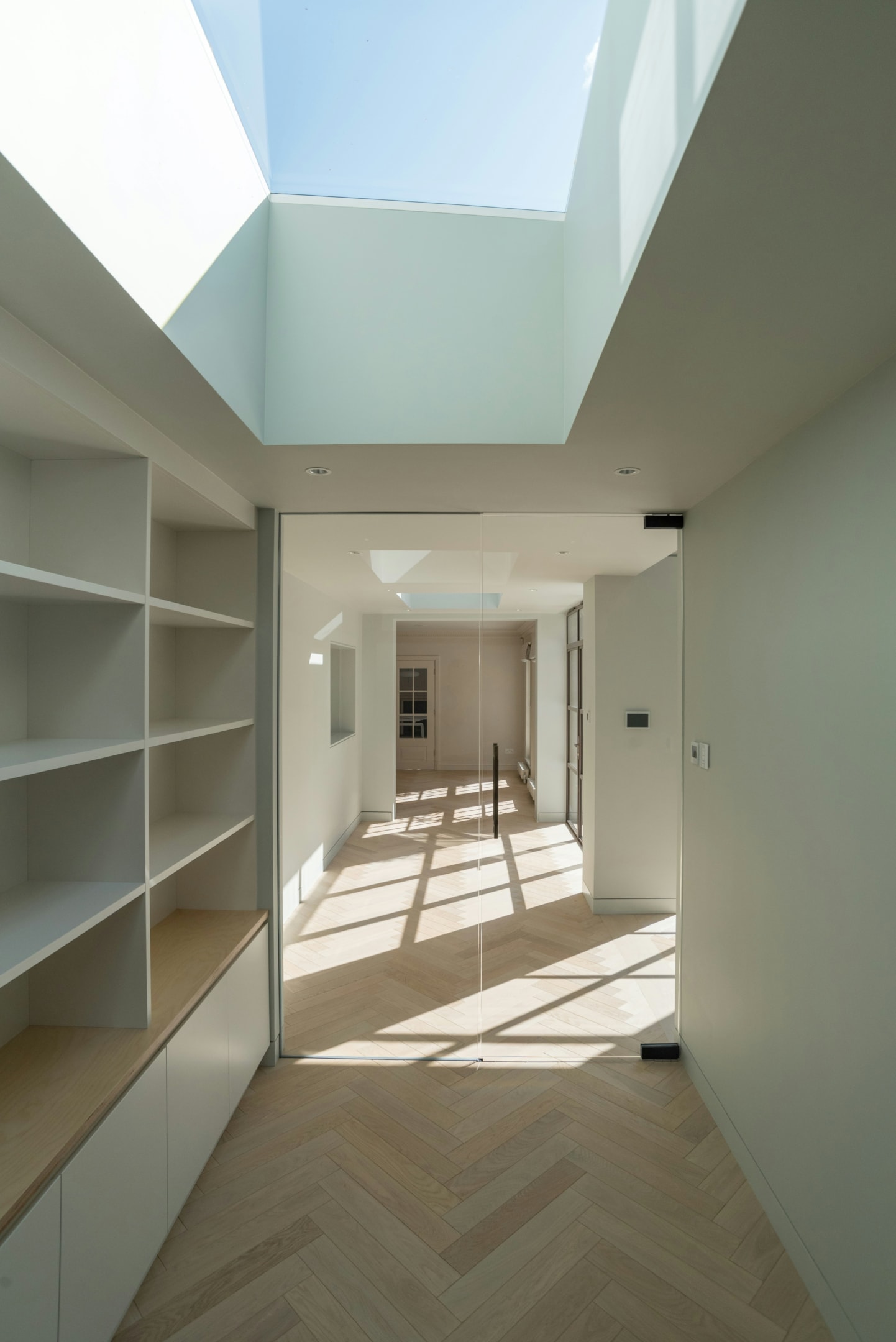
Why Are Prefab ADUs the Better Choice?
Traditional construction takes months, sometimes years. Prefab ADUs slash that timeline. These homes are built off-site in controlled environments, meaning fewer delays, lower costs, and better efficiency.
And if you’re worried about looks—don’t be. These aren’t boxy, boring sheds. They come in sleek, modern designs that can match (or even upgrade) your main home.
So if you’re living in San Jose, CA and tired of waiting for an affordable housing option, an accessory building like a prefab ADU might be the answer. Whether it’s a detached ADU, an attached ADU, or a conversion ADU, there’s an option that fits your life—and your budget.
Not Enough Homes, Too Many People
Single family homes dominate the city’s housing market, taking up most residential land. But with so many people looking for a place to live, these homes aren’t enough. The city needs more housing options. More density. More affordability. But instead of increasing supply, things have slowed down.
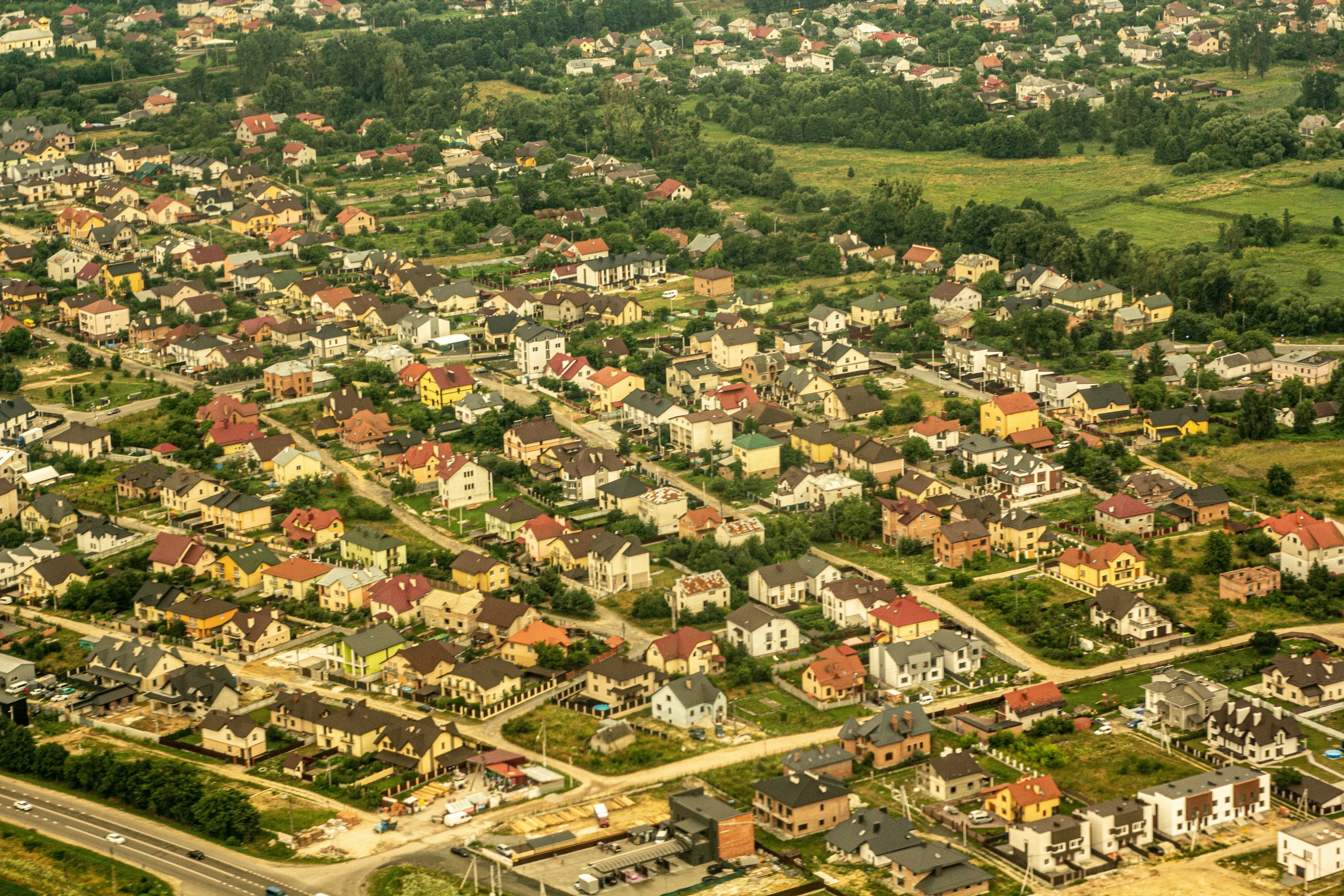
San Jose is not alone in the housing crisis. In 2019, the San Francisco metro area issued 12,500 housing permits. In 2024? Just 5,500. That’s a 56% drop in new housing construction. San Jose metro area had a 30% drop for the same period.
And fewer homes mean higher property values, pushing ownership further out of reach. Even single family properties aren’t being built fast enough. Builders blame slow permit issuance, high material costs, and strict zoning laws.
Millennials and Gen Z are struggling the most. If you’re a first-time buyer, this housing market isn’t designed for you. Rising property values mean saving for a down payment is nearly impossible. And with rent so high, most young adults barely save anything at all.
You might have heard, “Just buy a single family home instead of renting.” But with stagnant wages and rising interest rates, that’s not realistic.
San Jose ADU Units Reshaping Urban Housing
California lawmakers saw the housing crisis getting worse and finally acted.
In 2022, the state passed SB 897 and AB 2221—two laws designed to force cities to approve ADUs faster and remove outdated restrictions.
SB 897 & AB 2221: The Laws That Changed Everything
What did they bring into effect?
-
Cities must approve or deny ADU permits within 60 days. No more waiting for months.
-
HOAs can’t block ADUs. If your neighborhood association tried to stop your project, they can’t anymore.
-
Detached ADUs can now be two stories in some cases. Previously, most were limited to one story.
-
Multi-family properties can build multiple ADUs. Apartment owners can now add up to two ADUs per lot.
Thanks to SB 897 and AB 2221, homeowners in San Jose, CA now have more freedom to build ADUs without interference.

Advantages of Prefab ADUs for Millennials and Gen Z
These dwelling units offer a realistic path to homeownership—without crushing debt or a million-dollar mortgage. Whether you want a single family space to call your own or a multi family home to generate rental income, ADUs give you many benefits.
1. A Home You Can Actually Afford
Traditional homes in San Jose are priced out of reach. But prefab ADUs start at even $30,000. That’s 43x cheaper than the median home price of $1.3 million.
And because prefab units are built off-site, you avoid the long construction delays and surprise costs of traditional builds.
You get a high-quality, move-in-ready home—without years of saving or six-figure down payments.
Home Drop offers stylish, customizable homes under $50,000 designed for modern living, with fast installation in just 24 hours. Starting at $249 per month, homeowners can choose between The Compact Haven (380 sqft) for cozy studios and rentals or The Grand Oasis (760 sqft) for larger family spaces and investment properties.
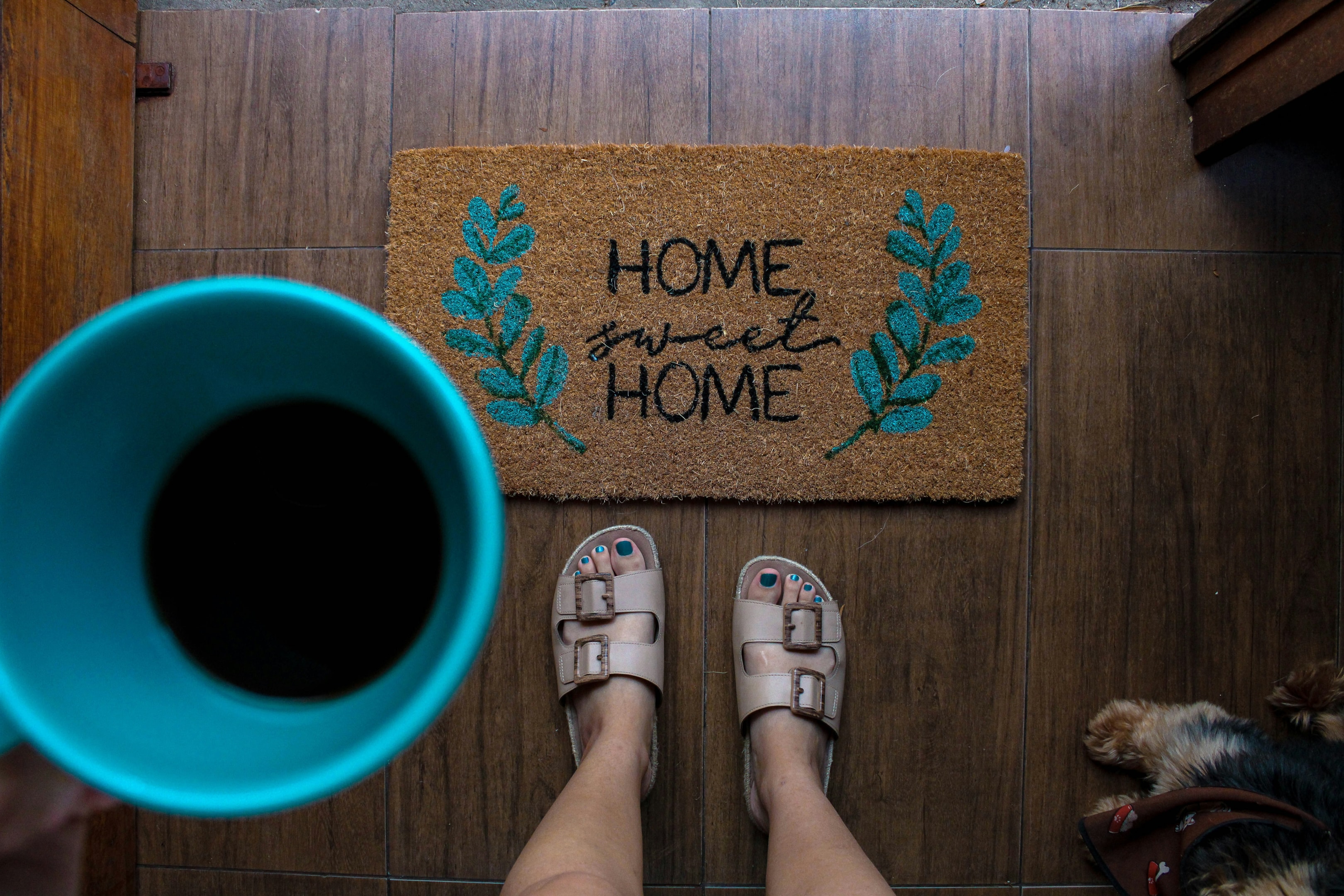
2. Small Space, Big Flexibility
Life changes. Your home should keep up.
Prefab ADUs offer maximum square footage in a compact design, making every inch count. Many units are expandable, meaning you can start small and add space later to your primary residence.
And whether you're adding an office, a guesthouse, or a rental unit, prefab ADUs fit into single family and multi family home setups.
Need extra privacy? A detached ADU works. Want to stay connected? An attached ADU might be better. The choice is yours.
3. Rental Income That Pays for Itself
Housing in San Jose is a goldmine for rental property owners.
Adding an ADU to your property can generate $2,500 per month in rental income. That’s $30,000 a year.
Even with construction costs around $100K-$200K, most high-end prefab ADUs pay for themselves in under seven years. You could even make them into short term rentals and list them on platforms like Airbnb.
If you’re looking for passive income, this is one of the best returns on investment in real estate.
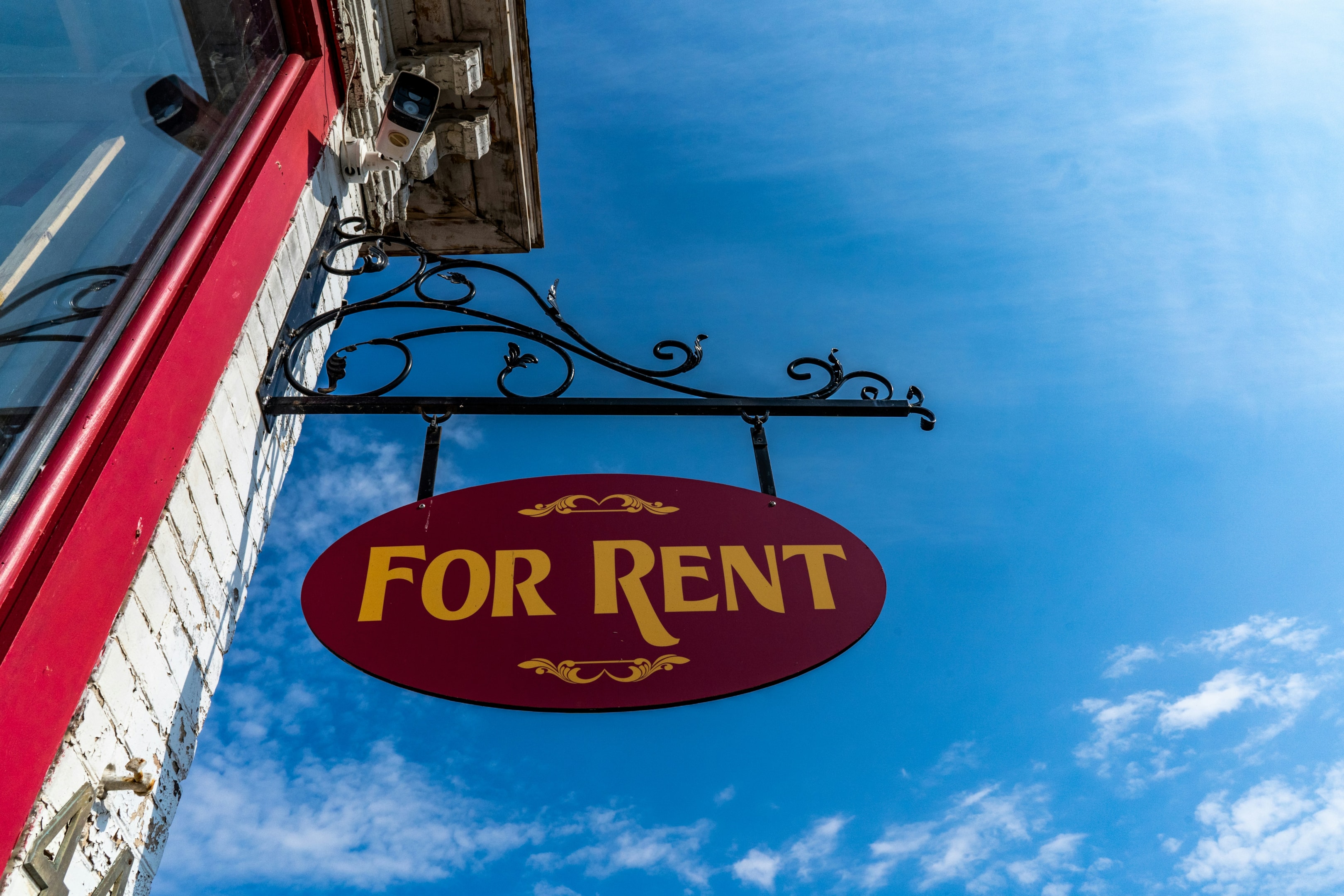
4. Property Values That Keep Rising
A dwelling unit isn’t just a place to live—it’s an asset.
Adding an ADU increases property values while giving homeowners an extra stream of income. As more cities approve ADUs, demand is growing fast.
In San Jose, homes with ADUs sell for 35% more than those without. And as the housing crisis continues, that number will only go up.
5. A Smart, Sustainable Choice
Prefab ADUs use eco-friendly materials and energy-efficient designs.
That means lower utility bills, a smaller carbon footprint, and a home that lasts. Many units also meet strict height limitations, making them ideal for urban areas with space constraints.
Dealing With State Law And The Regulatory Landscape
California has forced cities to speed up approvals, lower costs, and remove barriers that kept homeowners from building ADUs. But you want to be on the right side of the law and meet the ADU requirements for your project.
1. Zoning Codes: What You Need to Know
Not every property qualifies for an ADU, but San Jose has updated its zoning codes to allow ADUs in almost all residential areas.
Here’s what changed:
-
Detached ADUs are now allowed in nearly every neighborhood, including multi-family and single family properties.
-
Minimum setbacks have been reduced to 4 feet from the property line.
-
Front property line restrictions remain—ADUs cannot be placed in front of the main house.
-
Same height limitations apply, typically capping units at 16 feet unless in a transit zone.
These updates mean that even smaller lots can now legally fit an ADU.
2. Permits: What It Costs to Get Approved
If you want to build an ADU, you’ll need a permit issuance from the city.
And while this used to take months, SB 897 and AB 2221 require that building permits now be processed in just 4-6 weeks.
But you’ll still have to pay.
-
Permit issuance fee: Expect to pay between $5,000 and $15,000, depending on the size of your unit.
-
Other required documents: A site plan, floor plan, and structural details are needed before approval.
Get everything right, and your ADU project will move forward without delays.

3. Property Taxes: How Much Will an ADU Cost You?
Adding an ADU increases your property value, which means higher property taxes.
The typical increase? 1% of the ADU’s assessed value per year. If your unit is valued at $150,000, expect to pay $1,500 more in property taxes annually.
But that extra cost can easily be covered. Since ADUs in the city of San Jose can fetch you $2,500 monthly in rent—that's far more than the tax increase.
If you’ve been thinking about building a primary residence, there’s no reason to wait. With rising property values, strong rental income potential, and relaxed restrictions, accessory dwelling units are one of the smartest investments you can make in San Jose.
Start designing yours with Home Drop.
